Himalayan blackberry identification and control
Rubus bifrons (syn. Rubus armeniacus), Rosaceae Family
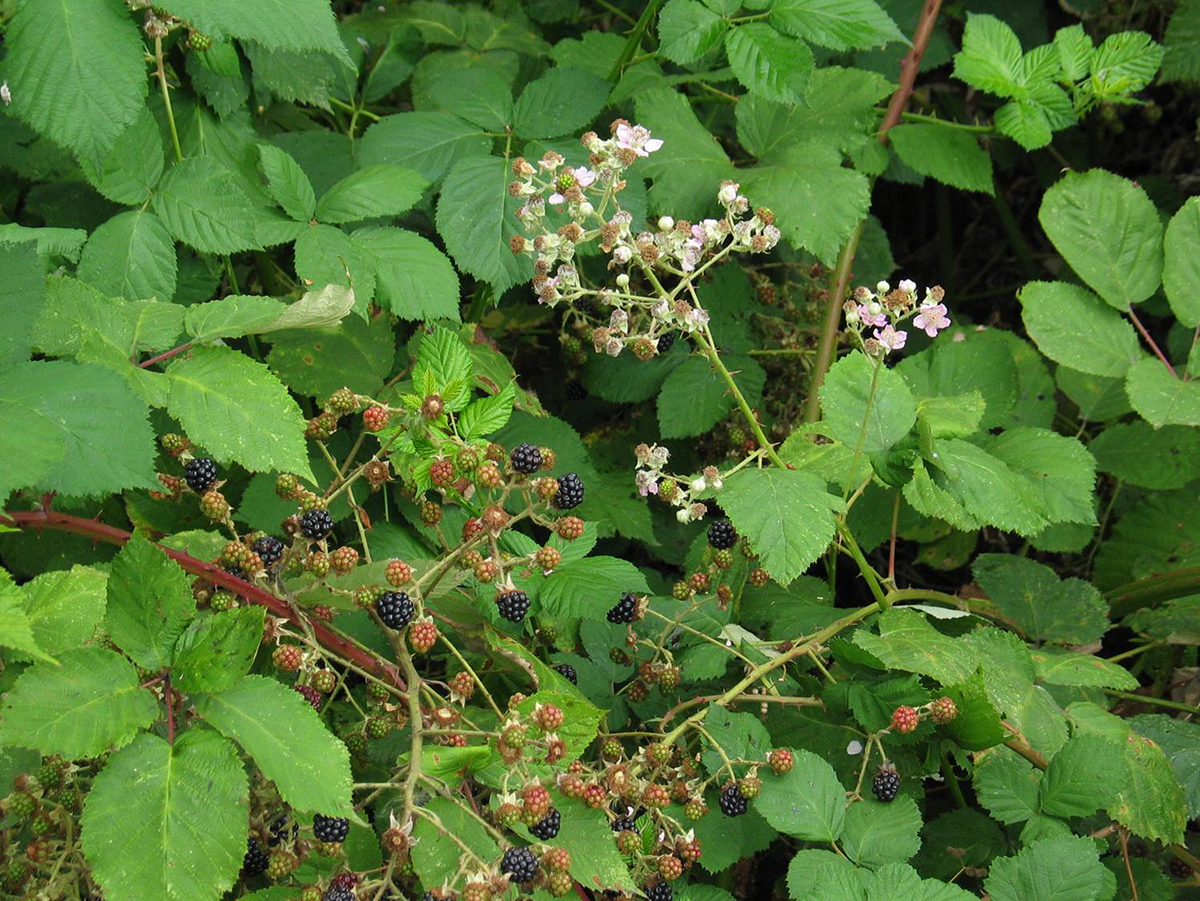
Himalayan blackberry is a thorny, thicket forming shrub in the Rose family that produces large, edible blackberry fruits. Leaves are somewhat evergreen, divided into 3-5 leaflets (palmately compound) that are rounded (ovate) and have toothed edges. Flowers are in flat-topped clusters of 5 to 20 flowers, each with 5 petals, white to light pink, about 1 inch in diameter. Stems (canes) can grow 20 to 40 feet long and 13 feet tall, root at the tips when they touch the ground, and have stout, hooked, sharp prickles with wide bases.The plant creates dense thickets that are impassable and sprawls over surrounding vegetation. It has large, deep, woody root balls that sprout at nodes.
Evergreen blackberry (Rubus laciniatus) is another invasive, non-native blackberry that resembles Himalayan blackberry but has ragged looking leaves that are deeply lacerated or incised. Trailing blackberry (Rubus ursinus) is a native species of blackberry in Washington that is smaller, generally grows along the ground, has narrow prickly stems instead of stout, start-shaped or ridged canes, and has only three narrower leaflets instead of five rounded leaflets like Himalayan blackberry. All species of blackberry have edible fruits, but the fruits on the native trail blackberry are smaller (but tastier!).
Himalayan blackberry is a Eurasian species introduced for fruit production that is highly invasive and difficult to control. It forms impenetrable thickets, spreads aggressively and has significant negative impacts to native plants, wildlife, recreation and livestock. Due to the deep roots, digging up large established plants is difficult and may need to be repeated if not all the roots are removed. Repeated cutting can help keep the plants from overtaking over vegetation. Contact the noxious weed program for advice on control methods or see below for more resources.
Legal status in King County, Washington
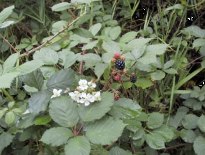
Although control of Himalayan blackberry is not required, it is recommended in protected wilderness areas and in natural lands that are being restored to native vegetation because of the invasiveness of these species.
Identification (see below for additional photos)
- Stout, arching canes with large stiff thorns
- Up to 15 feet tall; canes to 40 feet long
- Small, white to pinkish flowers with five petals
- Large, black berries (edible and tasty!)
- Leaves are palmately compound with large, rounded to oblong, toothed leaflets usually in groups of 5 on main stems
- Blackberry canes root at the tips, creating daughter plants
- Main plants have large, deep, woody root balls that sprout at nodes
- Can be distinguished from the native trailing blackberry (Rubus ursinus) by its tall, arching reddish-brown canes, much more robust plants, rounder leaflets, and larger fruits and flowers
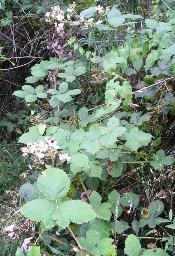
Habitat and impact
Himalayan blackberry out-competes native understory vegetation and prevents the establishment of native trees that require sun for germination such as Pacific Madrone, Douglas Fir and Western White Pine. Dense, impenetrable blackberry thickets can block access of larger wildlife to water and other resources (not to mention causing problems for people trying to enjoy parks and natural areas).
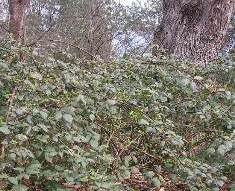
In an invasive weed survey of the relatively pristine Middle Fork Snoqualmie Valley, Himalayan and evergreen blackberry covered more area than all of the other invasive species combined. Similarly, in EarthCorps' Seattle Urban Nature’s plant inventory of Seattle’s public forests, Himalayan and evergreen blackberry were found to be the most invasive species in Seattle's forests.
Growth and reproduction
- Blackberry reproduces by seed and vegetatively by rooting at stem tips and sprouting from root buds
- Plants begin flowering in spring with fruit ripening in midsummer to early August
- Somewhat evergreen in this area, although will die back with colder temperatures
- Daughter plants form where canes touch ground
- Seeds remain viable in the soil for several years
- Fruiting stems generally die back at the end of the season, but non-fruiting stems can persist for several years before producing fruit
Control
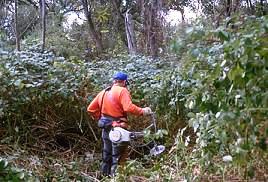
Make sure to have a long-term plan to ensure success, protect native and beneficial species while doing the control, and start in the least infested areas first and then move into the more heavily infested areas.
Consider replanting the area with native plants well-suited to our local climate and soil conditions that will also provide benefits to our local ecosystems. See King County's northwest native plant guide for suggestions.
Additional information on Himalayan blackberry
- King County's Best Management Practices for Blackberry
- Himalayan Blackberry - King County Noxious Weed Alert
- OSU's Invasive Weeds in Forest Land: Himalayan and Evergreen Blackberry (external link)
- Managing Himalayan Blackberry in western Oregon riparian areas (external link)
- Controlling Himalayan Blackberry in the Pacific Northwest (external link)
- Washington State Noxious Weed Control Board (external link)
- The Pacific Northwest Weed Management Handbook (external link - search for blackberry)
What to do if you find this plant in King County, Washington
Because Himalayan blackberry is so widespread, property owners are not required to control it and we are not generally tracking infestations. We can provide advice on how to control blackberry, but there is generally no requirement to do so, unless the city or homeowners association requires it.
Himalayan blackberry photos
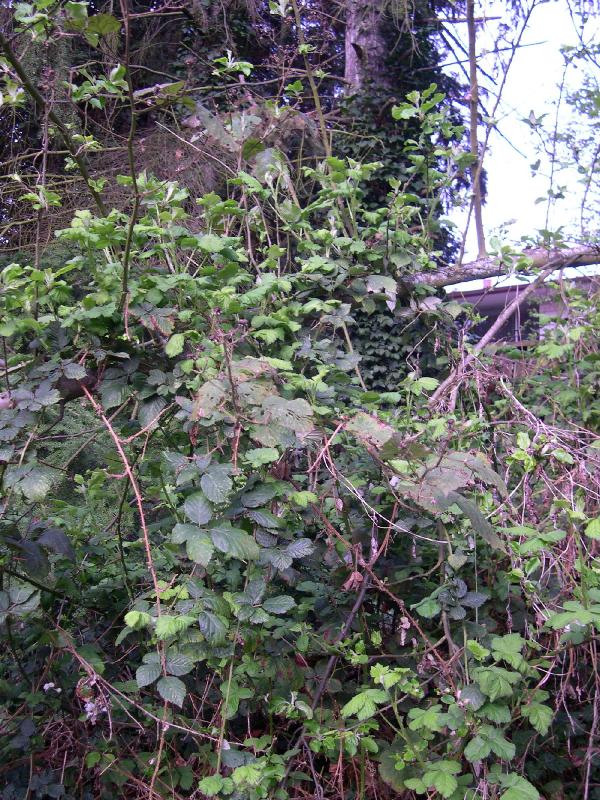
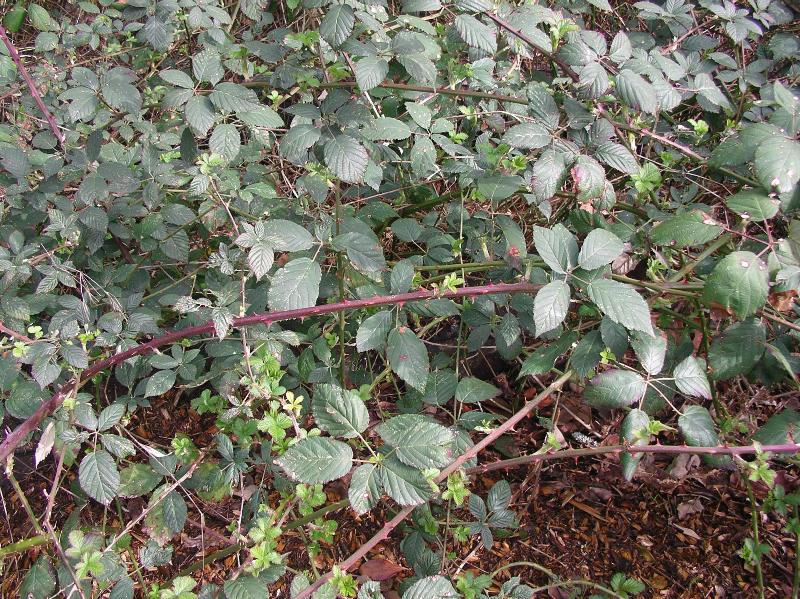
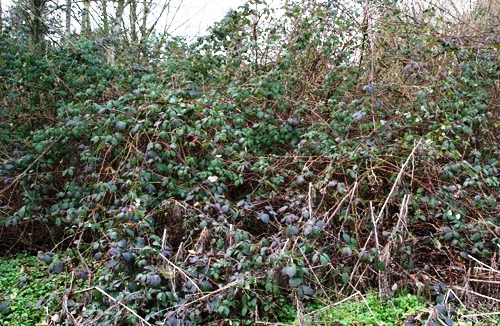
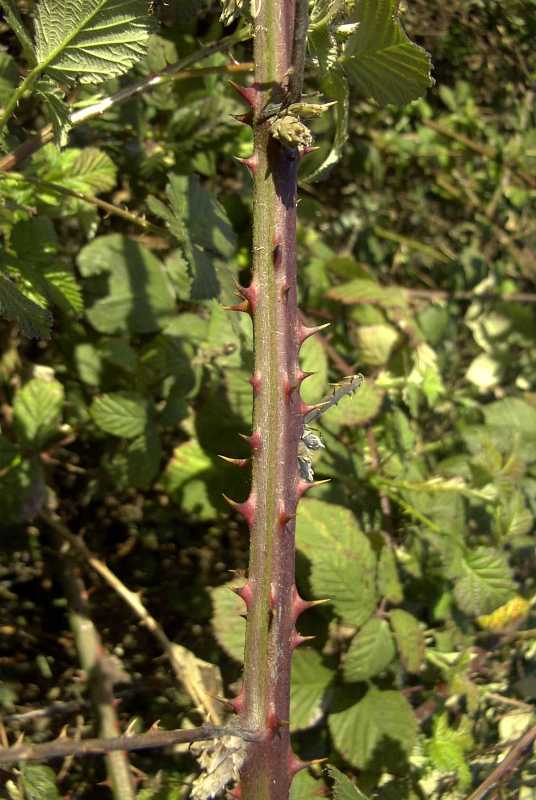
Additional Resources
- King County's Best Management Practices for Blackberry
- Himalayan Blackberry - King County Noxious Weed Alert
Related information
- Northwest native plant guide
- Agriculture in King County, Washington
- Northwest yard and garden
- Animals, plants and habitat
Related agencies
Program offices are located at 201 S. Jackson St., Suite 600, Seattle, WA 98104. To contact staff, see the Noxious Weed Control Program Directory, send an email, or call 206-477-WEED (206-477-9333).

 Translate
Translate